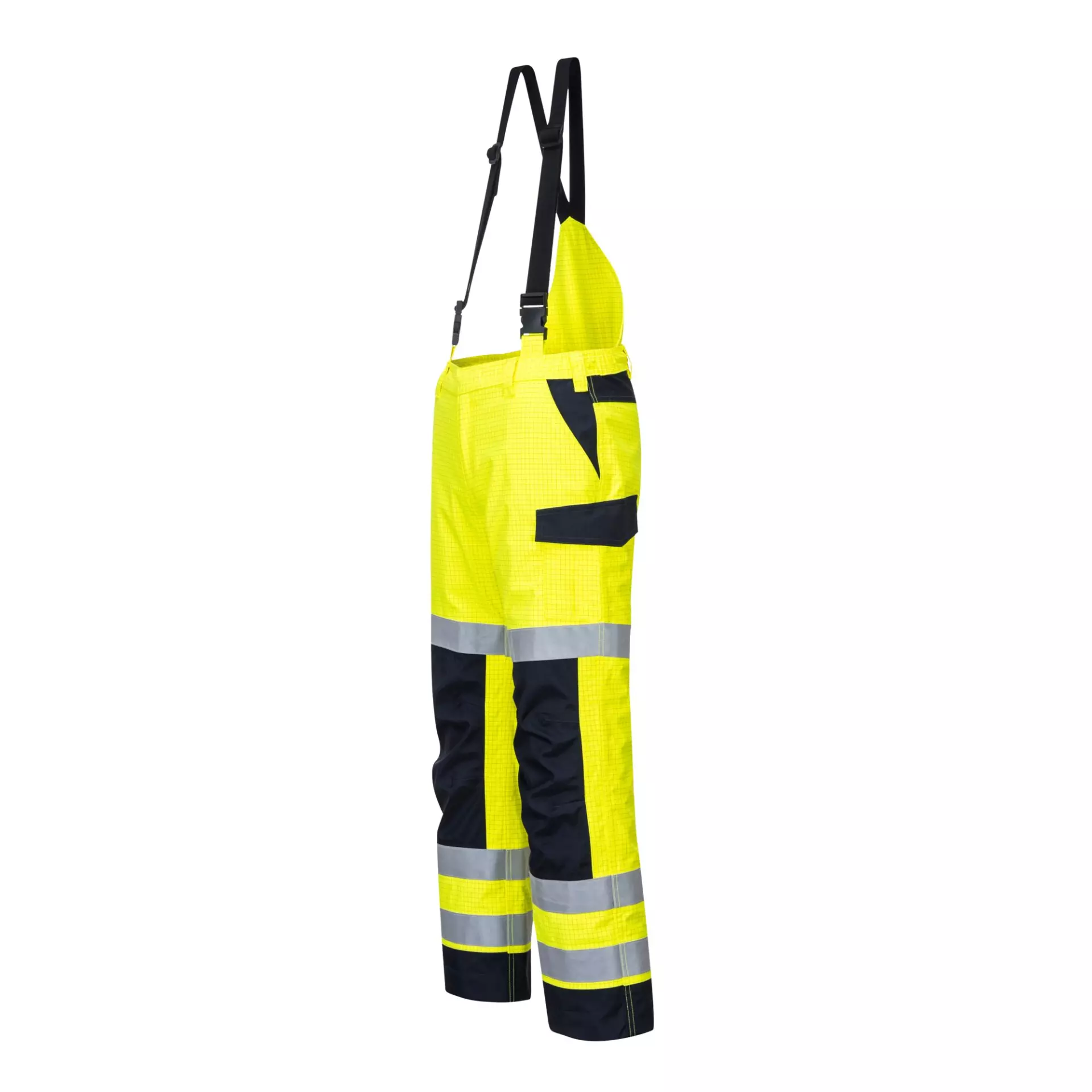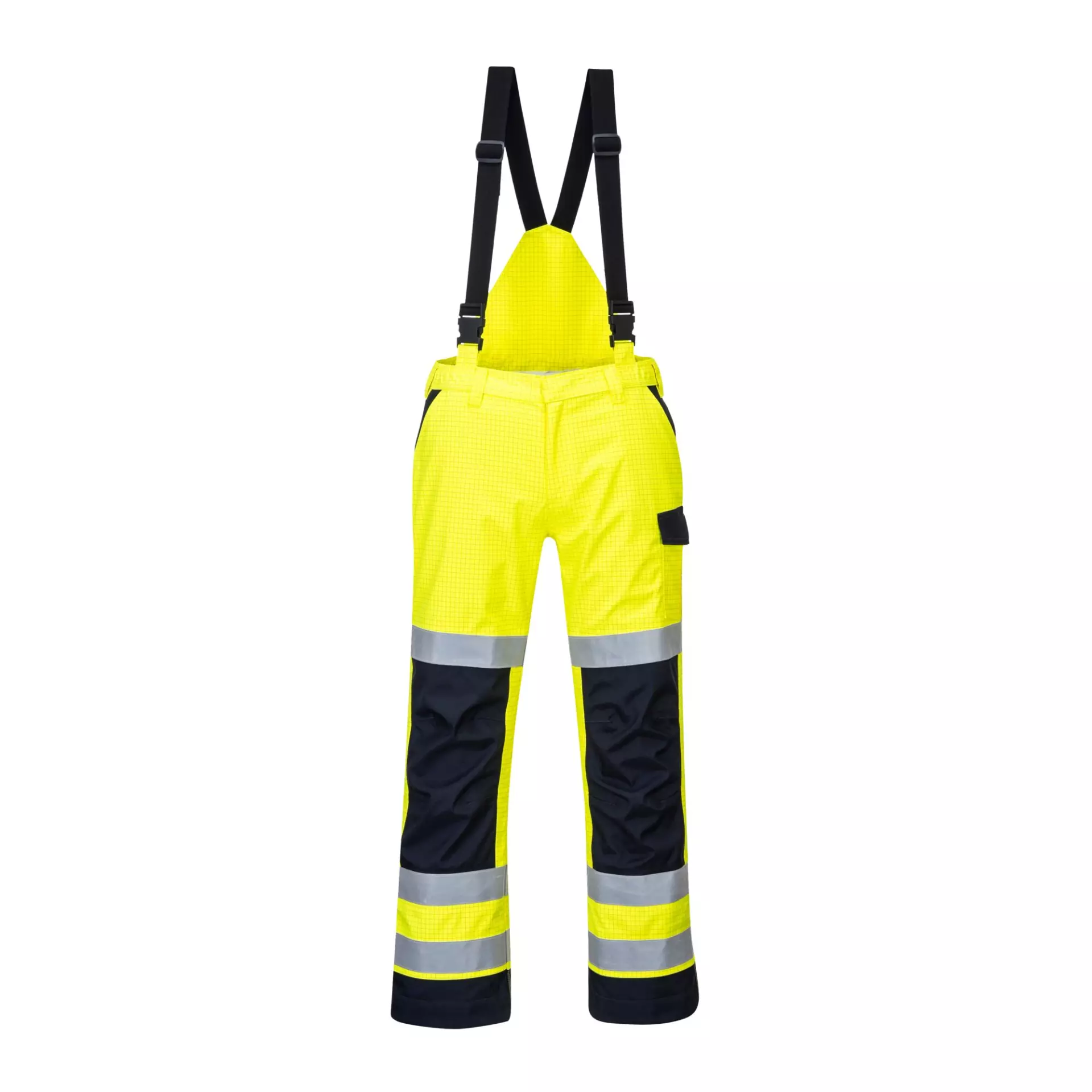
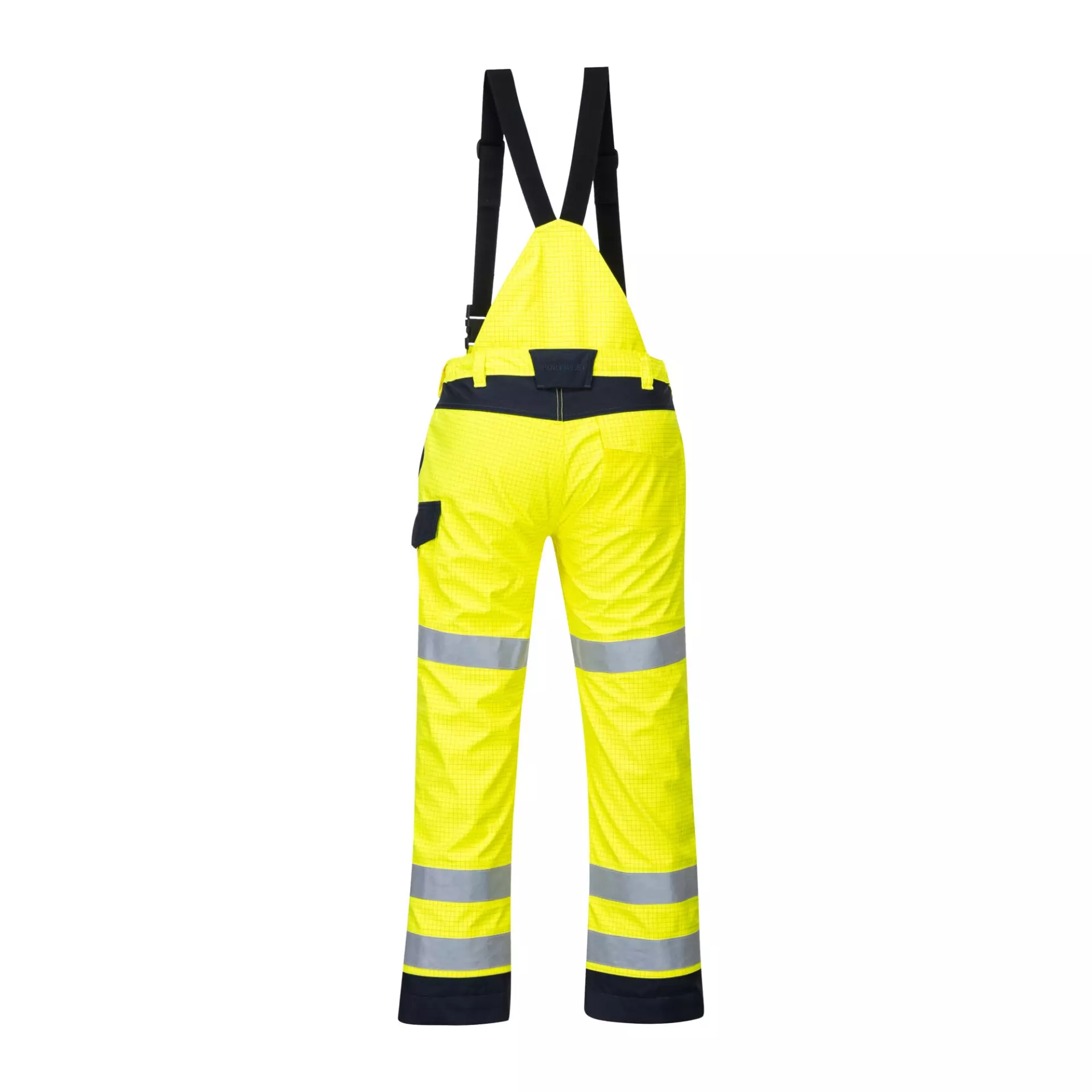
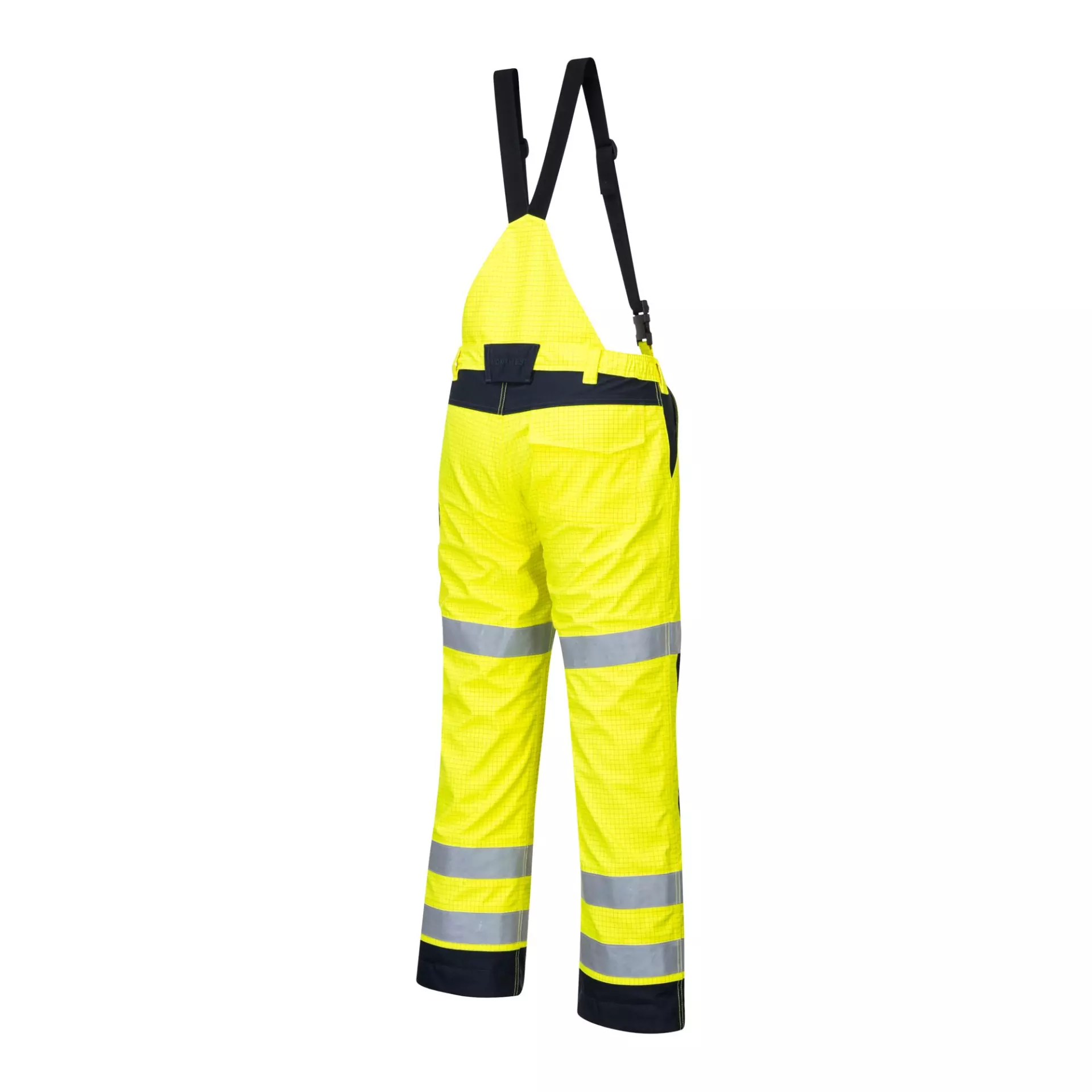
Features You'll Love
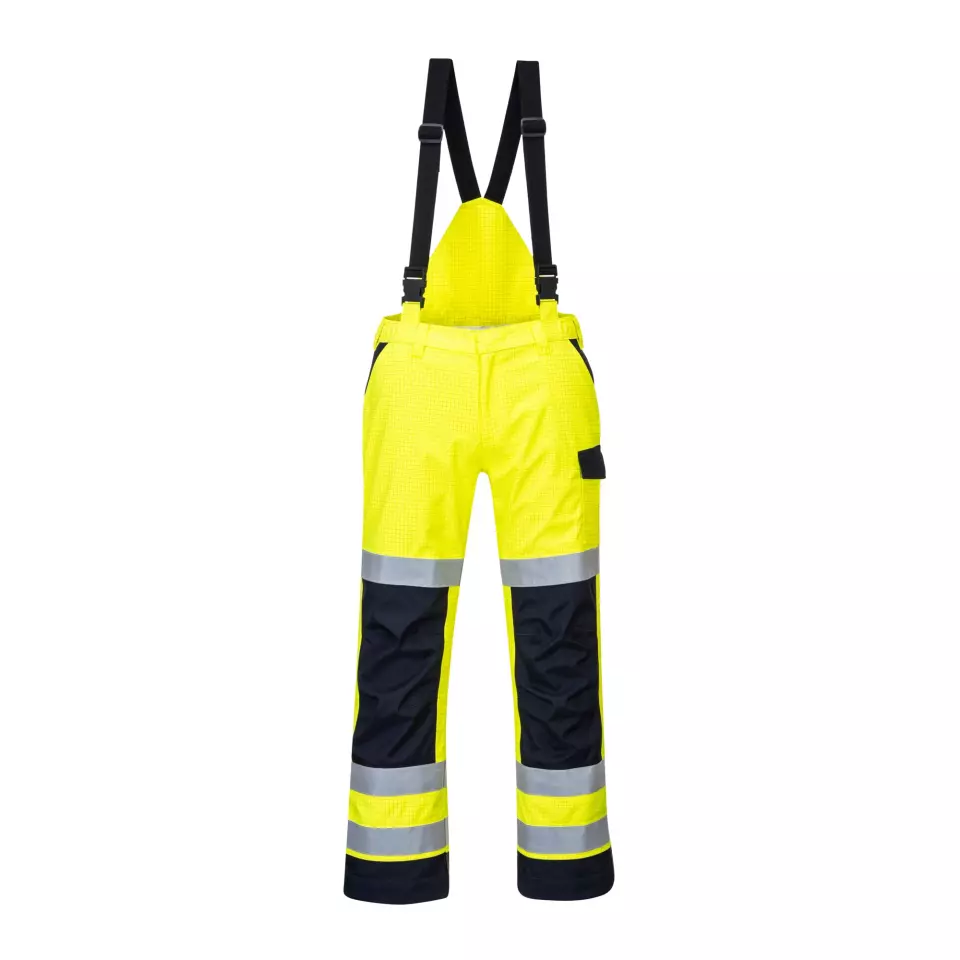
EN 20471 · Reflective Strip Area Grade 2
This garment provides an intermediate level of visibility for use in moderate-risk environments. It is suitable for work near traffic with speeds up to 60 km/hour, featuring a specified area of fluorescent material and reflective strips.

EN 343 · Waterproofness Class 3, Downpour X, Breathability Class 1
Provides the highest level of protection against rain, snow, and fog for extended periods. This garment is ideal for working in heavy rain and other harsh weather conditions, keeping you dry and comfortable.
Provides certified protection against rain, fog, and ground moisture for everyday use. This garment is tested for waterproofness and breathability but has not undergone the optional, final simulated downpour test for a finished garment.
This garment protects against rain and foul weather. It has the lowest level of breathability in its class, making it suitable for short-duration tasks or work with low physical activity to help keep you dry.
Portwest
Modaflame Rain Multi Norm Arc Trousers, Yellow/Navy
Modaflame Rain Multi Norm Arc Trousers, Yellow/Navy
4.7 / 5
1 997,90 kr
Choose size
Free delivery
Features You'll Love

EN 20471 · Reflective Strip Area Grade 2
This garment provides an intermediate level of visibility for use in moderate-risk environments. It is suitable for work near traffic with speeds up to 60 km/hour, featuring a specified area of fluorescent material and reflective strips.

EN 343 · Waterproofness Class 3, Downpour X, Breathability Class 1
Provides the highest level of protection against rain, snow, and fog for extended periods. This garment is ideal for working in heavy rain and other harsh weather conditions, keeping you dry and comfortable.
Provides certified protection against rain, fog, and ground moisture for everyday use. This garment is tested for waterproofness and breathability but has not undergone the optional, final simulated downpour test for a finished garment.
This garment protects against rain and foul weather. It has the lowest level of breathability in its class, making it suitable for short-duration tasks or work with low physical activity to help keep you dry.
Product description
Multi-norm flame resistant trousers with convertible bib design offering comprehensive protection against heat, arc flash, and chemical splash. The lightweight waterproof construction features taped seams and FR cotton lining for comfort, while the zip-off back function transforms the bib into standard trousers for enhanced versatility. Premium flame resistant reflective tape and contrast panels provide high visibility and durability in demanding industrial environments.
Product Features:
- Zip-off back converts bib to trouser for added versatility
- Extendable leg length for custom fit
- Pre-bent knees for increased freedom of movement
- Internal kneepad pockets for better appearance
- Premium sew on flame resistant reflective tape
Technical Details:
- Lightweight, waterproof fabric with taped seams
- FR cotton lined for added warmth and comfort
- Anti-static properties
- 40+ UPF rated fabric blocks 98% of UV rays
- Flame resistant button and zip
Recommended Applications:
- Suitable for ATEX environments
Standards:
- CE-CAT III certified
- UKCA marked
- EN ISO 11612 (A1 + A2, B1, C1, E3, F1)
- EN ISO 11611 Class 2 (A1+A2)
- EN 1149-5
- IEC 61482-2 IEC 61482-1-2 APC 2
- IEC 61482-2 IEC 61482-1-1 (ELIM 32 CAL/CM², ATPV 39 CAL/CM²)
- EN 13034 Type 6
- EN ISO 20471 Class 2
- RIS 3279 TOM Issue 2
- EN 343 Class 3:1 X
